Eco safari: refuel with sunlight instead of diesel fuel
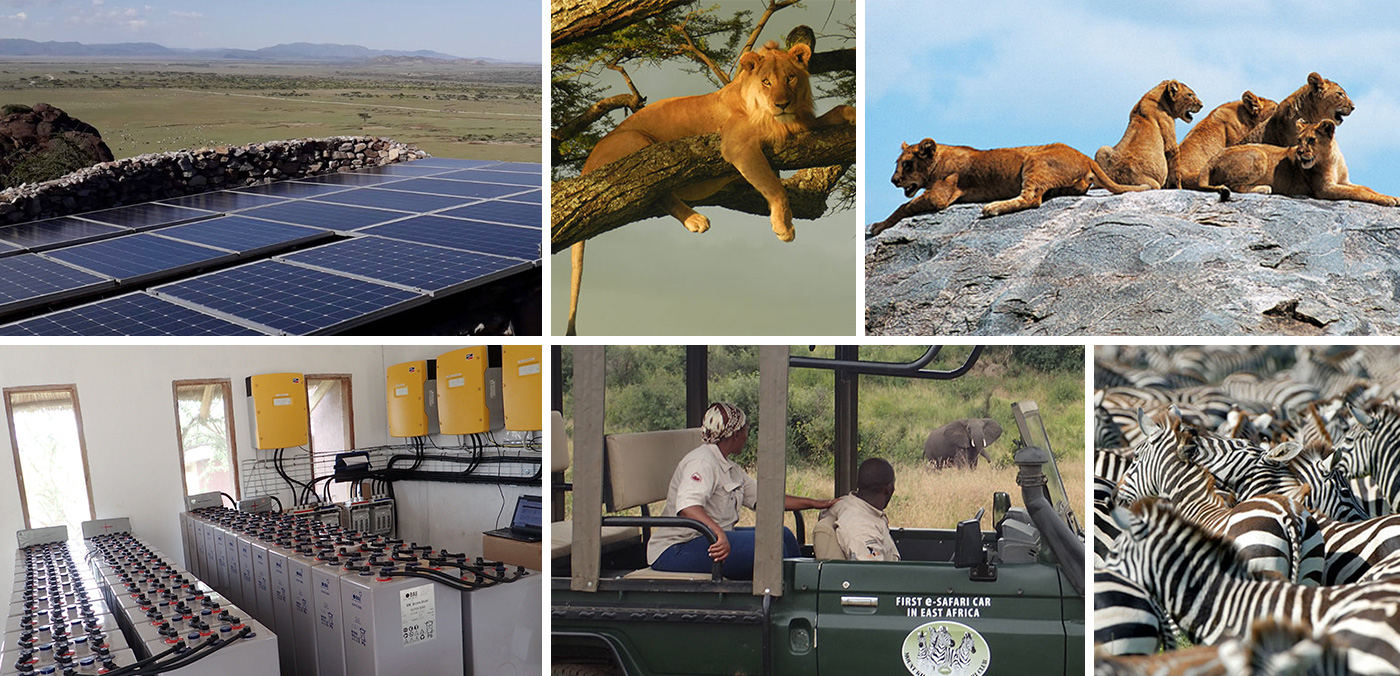
The Serengeti National Park in Tanzania, Africa, is UNESCO World Heritage natural site and tourist magnet. Lions, leopards, elephants, rhinos and buffaloes still live in their natural habitat here. In order to preserve the natural environment, Tanganyika Expeditions has relied on photovoltaics for the operation of its accommodations and on e-mobility for the safaris.
 Tanganyika Expeditions has operated safari lodges and camps in north Tanzania since 1989. Eight of the ten lodges will still not be able to be connected to the Tanzanian utility grid.
Tanganyika Expeditions has operated safari lodges and camps in north Tanzania since 1989. Eight of the ten lodges will still not be able to be connected to the Tanzanian utility grid.
“Our safari vacations employ 300 employees in Tanzania alone,” said Denis Lebouteux, Director Tanganyika Expeditions. “They are an important factor for the economy which we want to make as sustainable as possible for everyone involved.”
Right from the start, the operator opted for a self-sufficient electricity supply with solar power. “We offer our guests unique insights into the natural life of the flora and fauna and experiences in harmony with nature.” At the largest site, there are now two SMA stand-alone grids with each 55 kW peak PV power, supplying both the accommodations and the attached laundry facilities with solar power around the clock. The laundry facilities then supply other locations in the vicinity with clean laundry. The concept for the sustainable energy supply was developed by system integrator Asantys Systems and energy consultant Olk. It goes far beyond the mere use of electrical devices.
 The goal: 100 percent solar power
The goal: 100 percent solar power
The solar power is also used to warm up the shower water. This is even more resource-saving and more convenient than generating hot water with solar thermal energy. For the hot water is immediately available in the boilers and does not have to be transported to the shower via long pipes first. This saves water and increases the comfort level for the guests.
Since 2018, the operator has also been switching its safari vehicles to e-mobility. Toyota Landcruiser safari and service vehicles are being converted from diesel to electric vehicles. High-quality modifications are made to the vehicles giving them a second (service) life. The vehicles are then also charged with PV power via the SMA stand-alone grid.
Currently, nine safari vehicles are fully electric. With a range between 130 to 240 km (according to the model), they are ideally suited for night safaris and shorter day trips. They are also partly used for trips from one location to the next. This saves fuel costs, harmful emissions and finally valuable time and helps protect the natural environment of the animals.
Prior to that, up to 60 km drive was required just to get to the gas station. Now the maintenance requirements for the electric vehicles are also lower since there is less wear and tear. Best of all: the hoods of the safari vehicles are equipped with PV modules. This significantly increases the batteries’ service life. The vehicles now gently carry the tourists across the unique nature reserves on their discovery tours. Without noise and smoke the animal world remains undisturbed and the air clean.
Tanganyika Expeditions: Pioneer in sustainable safari tourism
1st e-mobility: 2nd life for combustion vehicles
First electro safaris in East Africa
Vehicle type: Toyota Landcruiser, combustion vehicle, 20 years
Range: 100–150 km
Use: night safaris, day trips, airport transfers, transport between individual locations
Charging infrastructure: self-sufficient PV battery electricity supply, 6 x SMA Sunny Island 8.0, Multicluster Box 6 and 60 kWp with SMA Sunny Tripower
Sustainability factor: saving fuel, avoiding emissions, avoiding oil, oil filters and air filters, significantly reduced wear on the clutch and brakes.
2. Solar power to warm up shower water
As the first safari lodge operator in East Africa, Tanganyika Expeditions has been using PV power to warm up shower water since 2018.
The hot water boilers with a 50 liter capacity are installed directly behind the shower. As a result, the warm shower water is immediately available increasing the users’ comfort. With solar thermal systems, the water must first travel through 10 to 20 meter long pipes to the shower.
Sustainability factors:
1. Avoid: No wasted water thanks to short distances for the hot water pipe to the shower and hand basin. In comparison: When heating water with solar thermal energy, water is often allowed to run/be wasted for 0.5 to 1 minute until warm water is available from the collectors.
2. Reduce: Since the shower water has the desired temperature, only small amounts of cold water must be added.
3. Re-use: The hot water boilers are warmed up directly with excess solar power during the day.
5. Battery recycling: continue using valuable raw materials
The service life of the lead-SLA batteries used is around 8-10 years. Once the first batteries will have reached the end of their life in 2028-2030, Tanganyika Expeditions plans on giving them to battery producers/processors (currently Kenya) where they will be recycled according to international standards. With an average weight of 7 tons per battery bank, the recyclable raw material value is remarkably high. A lead-SLA battery contains about 80% lead. The batteries used weigh 7.5 tons and contain about 5.6 tons of lead. The scrap price for these batteries is approx. €3,500. With good recycling, the lead is worth approx. €5,000. These figures and scales make clear that recycling not only makes sense, but is of financial interest.
Image source: Tanganyika Expeditions
Tips for copycats:
- Avoid premature replacement: battery rooms with natural ventilation prolong battery life.
- Reduce resources: all components in the off-grid system are perfectly adapted for the consumption.
- Recycle batteries: at the end of their life, the solar batteries are recycled. E-vehicle batteries at the end of their life can still be used as stationary solar battery.
You want to learn more about island grids?
100% grid independency with solar power


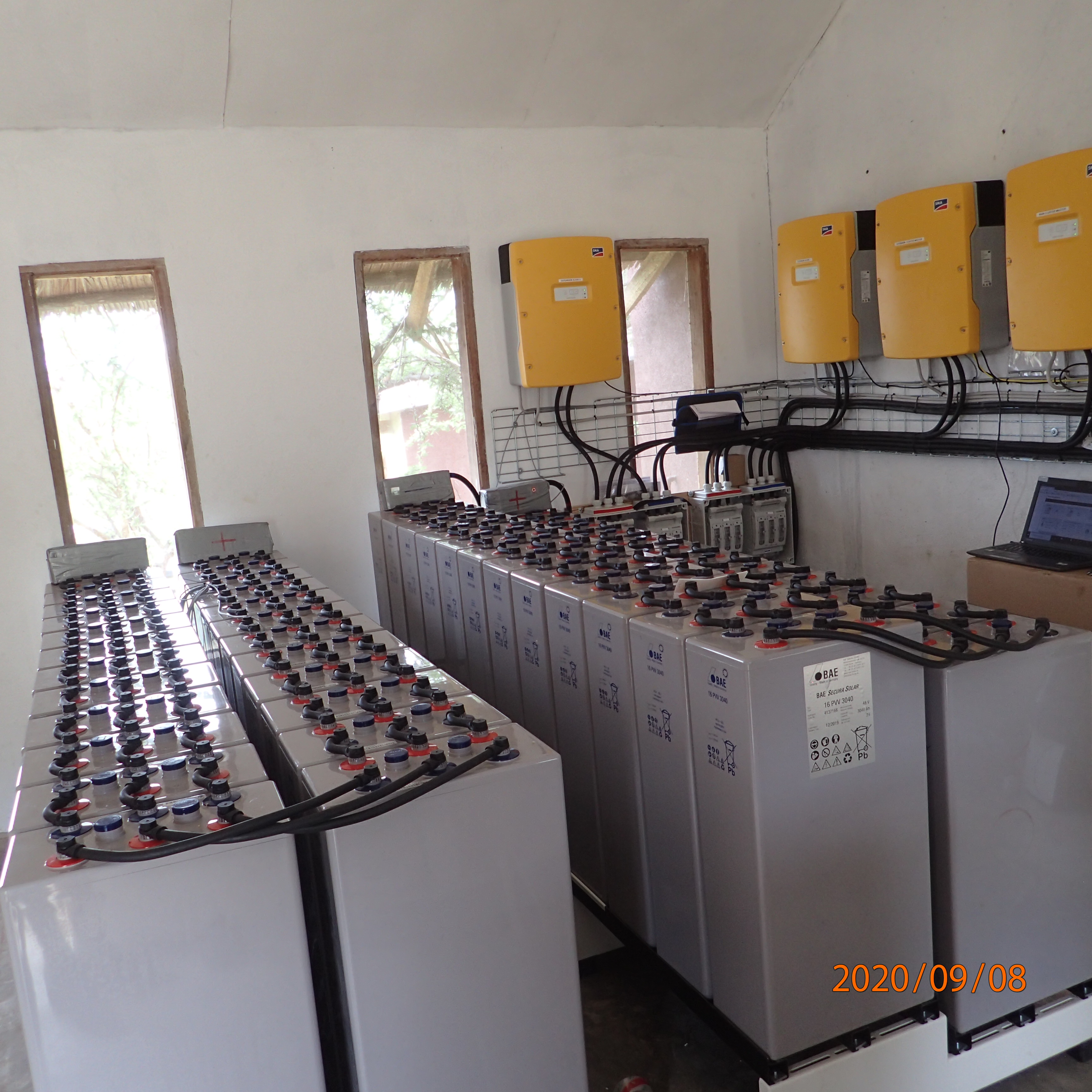
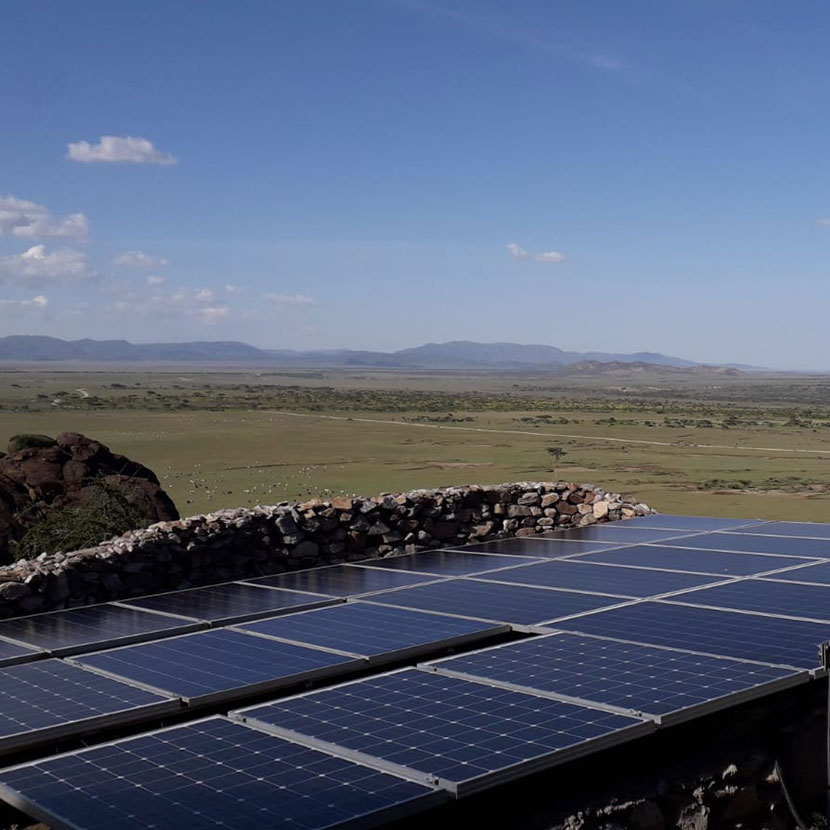


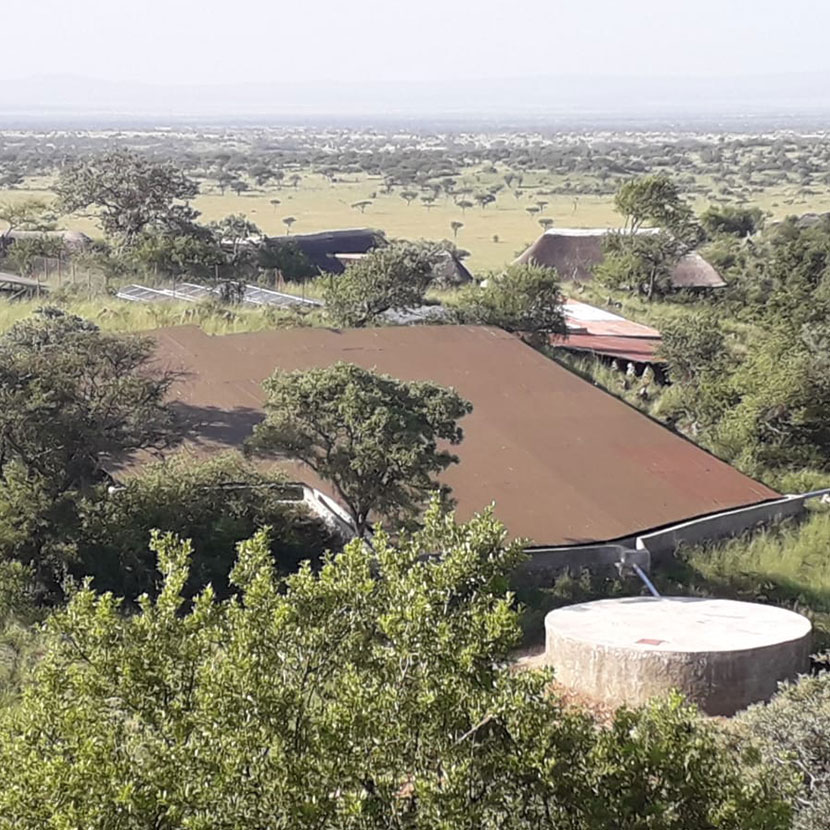

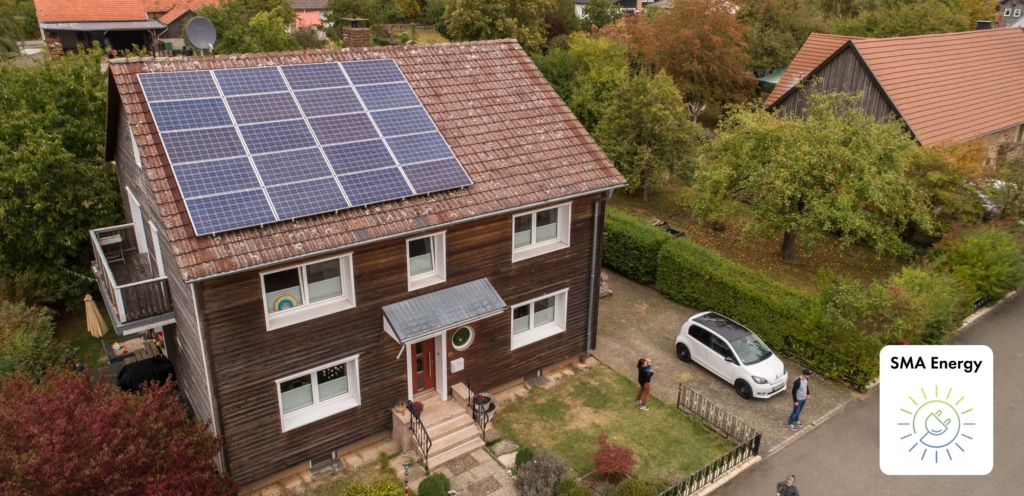
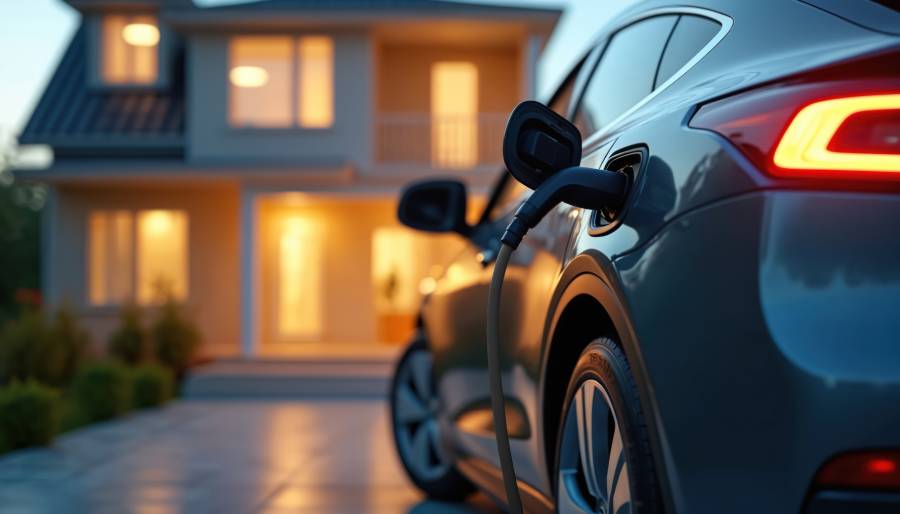
Feel free to contribute!